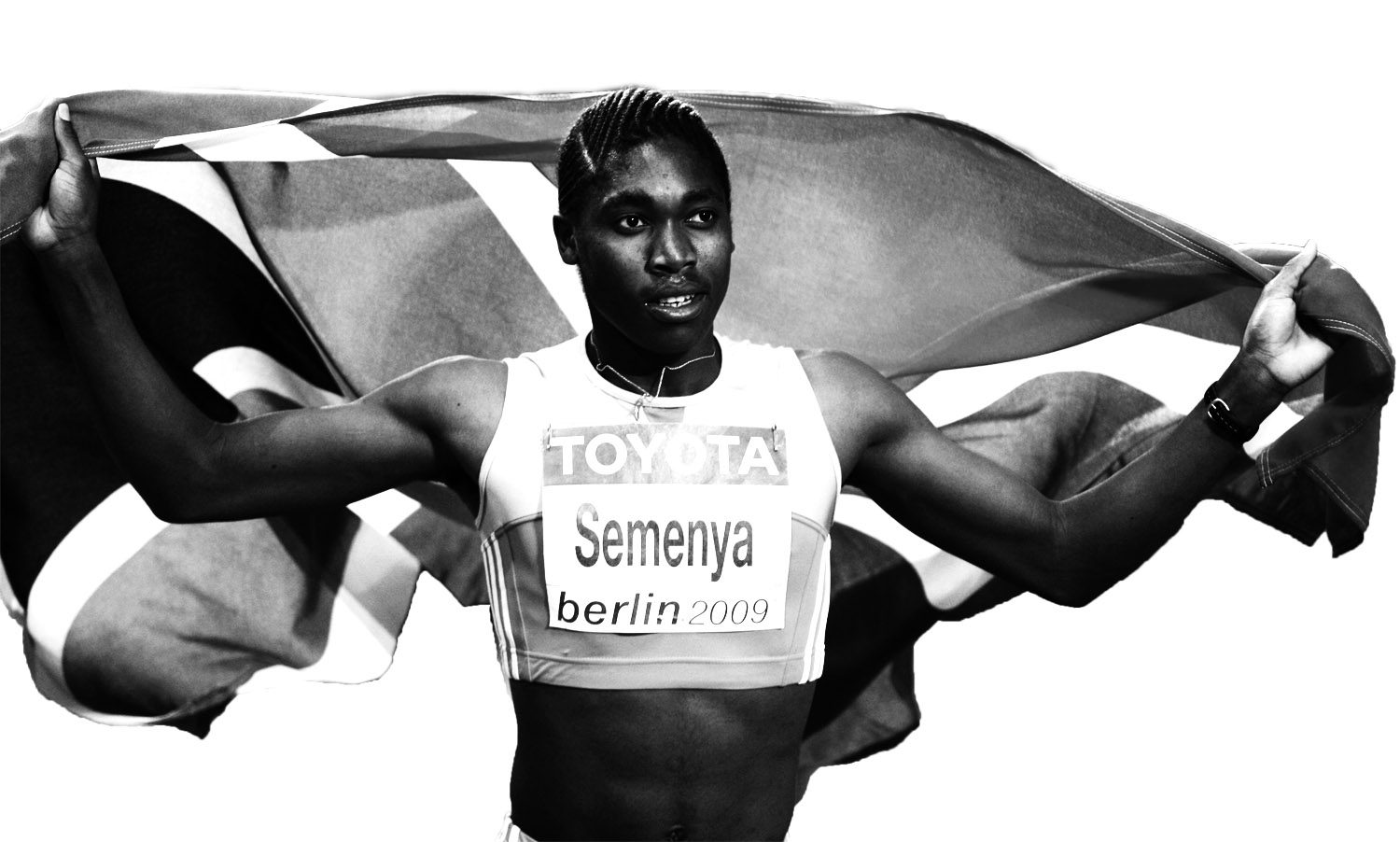Women Athletics: Always Through a Dude's Lens
Men and women already have certifiable biological differences which distinguish them in a field determined by physical abilities — do there need to be anymore? In athletics, it seems so. Female athletes are stereotyped by merits of attractiveness or resemblance to their “dude” counterparts.
Appearance in athletics didn’t seem so, for lack of a better word, apparent until South African track star Caster Semenya won the 1500 meter and 800 meter races at the World Championships in Athletics in August. Still new to competitive running, she cut a jaw-dropping 25 seconds from her best 1500 meter time and eight seconds from her best 800 meter time, a feat most runners spend years striving for. When Semenya won both events, two possibilities surfaced: either she’s juicing or she’s a he.
In the end, it was discovered that Semenya was indeed a man, at least on the inside. Externally, she had female body parts. Internally, she had male testes, which produced the hormone testosterone that arguably gave her an unfair advantage. But even when questions surrounding her gender were answered, some still wondered, “well, what if she was a girl?”
Perhaps her gender wouldn’t have been questioned if she hadn’t taken home the gold. Or maybe it wouldn’t have been questioned if she cut a more socially acceptably feminine figure. But her victory and her masculine appearance shed light on the greater issue: Females that can stack up against the males are either questioned or seen as not feminine.
Some girls will go to great lengths just to be taken seriously as a competitor. Sure, male swimmers shave their body hair and wrestlers shed amazing water weight, but just like their male counterparts, girls resort to injecting steroids, too. The difference is that men use steroids to break world records, whereas women use them to maybe make it in the books. Maybe.
A 2005 National Institute on Drug Abuse study found that five percent of high school girls, compared to about seven percent of boys, admitted to using anabolic steroids at least once. Those girls that continue to use steroids during their adult life are judged more for their appearance than by how it affects their athleticism. On the bro side, the steroid debate is framed in somewhat legitimizing terms: Do they give an unfair advantage or is the game just changing? Whereas discussions of women and steroids is likely to garner a “gross,” “ew,” or “look at her jaw!” The attempt to mask physical differences backfires. Women try to minimize the difference between them and their male competitors, but instead just end up further marginalizing.
While some women in sports are dismissed as too masculine, others are ousted for their femininity –“too pretty” to be taken seriously. Consider the case of ESPN personality Erin Andrews. She is a young, professional, and established sports journalist striving to succeed at a network that is run, geared toward, and stocked full of men. Never mind that, she has covered professional hockey, college football, professional basketball, and minor league baseball. But there’s one problem: she’s a hot blonde and alum of the University of Florida dance team. If that wasn’t enough, a stalker filmed her naked in her hotel room and leaked it for all the world to drool over. Despite her worthy accomplishments, she will be forever known in the stereotype-charged world of sports as “that ESPN girl with the naked video.”
Bronwyn Flores is a junior majoring in print journalism and political science.












